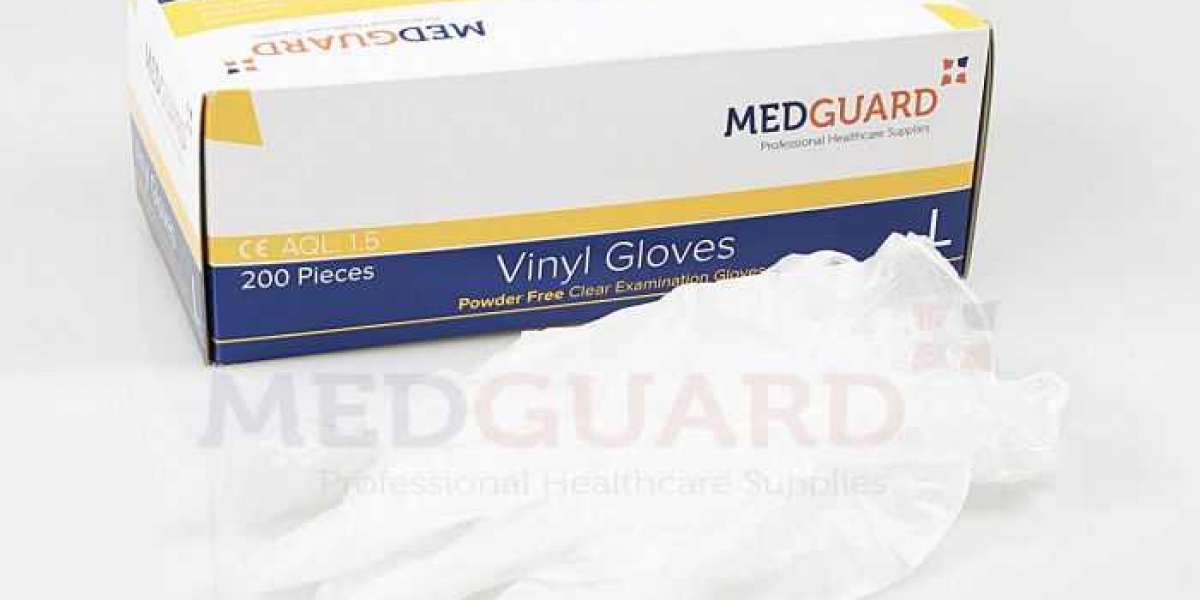Gloves are not only used in hospitals and in labs, but also in the food-making industry, salons, tattoo parlors, chemical industries, electronic industries, paint and coating, printing and dyeing industry, and various industries as well.
Gloves also protect hands in cold temperatures. They help protect our hands from contaminated fluids, harmful chemicals, rough surfaces, and much more. Gloves come in different types and each type has unique properties. Read further to explore 7 different types of gloves that help protect your hands.
1) Fabric Gloves or Cotton Gloves:
Fabric gloves or cotton gloves are basic gloves that help keep your hands clean and offer protection against light scratches. Though these are not useful when handling liquids or sharp objects, these glove keep the skin oil off delicate surfaces and also help avoid dirt. It helps keep the hands clean and prevents abrasions or any minor scrapes.
These gloves are thin and help create a breathable layer for the workers' skin while they handle the tolls and other materials. It provides minimum protection against puncture hazards, open flames, jagged materials, or any hot surfaces. These gloves are even used as liners, which are worn inside larger safety gloves to provide additional warmth to the user.
2) Coated Fabric Gloves:
Coated fabric gloves are general purpose gloves that have high puncture and cut resistance. It provides protection against alkaline products as well. It has a better chemical resistance compared to standard fabric gloves in general.
The glove can be coated with a variety of materials including latex, nitrile, PVC, and other materials as well.
3) Vinyl Gloves:
Vinyl gloves are protective gloves. These gloves are flexible and versatile. These are puncture resistant and help you protect against general wear and tear as well.
Vinyl gloves are mainly used in the medical sector to keep your hands clean from contamination. These gloves are made from polyvinyl chloride( PVC) or polyvinyl alcohol (PVA). The major advantage of these gloves is that they are latex-free, and hence do not cause any skin allergies or reactions. It is also cost-effective, helps you protect against harmful chemicals, and is soft and comfortable to wear.
Vinyl gloves are less durable than latex or nitrile gloves. Also, it is not ideal when handling organic solvents, or water-based solutions.
4) Nitrile Gloves:
Nitrile gloves are elastic and flexible. These are disposable gloves that are more durable, and chemical resistant. It protects the hands from hazardous and corrosive chemicals. It eliminates the risk of latex allergies as well.
Nitrile gloves are thin yet strong. These are amongst the safe options that are soft and comfortable to wear. These are waterproof, greaseproof, and oilproof as well. Also, these gloves have dexterous strength and are recyclable, and biodegradable as well, making them perfect disposable gloves. Though it might take them a while to degrade.
5) Leather Gloves:
Leather gloves provide the user with a good grip. These are spark resistant and also help protect against sharp objects and rough surfaces. It also protects against cold, by providing a moderate amount of heat, by not allowing the body heat to escape out from your palms. These gloves are produced mainly for welding purposes. Leather gloves are durable, only when taken proper care. But, it can harden or shrivel when not taken proper care of and exposed to excess heat. It also makes the hands dry if not worn with a proper liner.
6) Aluminum Gloves:
Aluminum gloves are designed to provide heat resistance. These are built for welding operations. These are mostly used in furnace and foundry work and in labs that work with high-heat ovens.
This glove has insulating and reflective properties and can provide protection against 2000 degrees Fahrenheit.
7) Latex Gloves:
Latex gloves provide high protection against many hazardous chemicals. It also helps against abrasive or normal wear and tears as well. It provides strength and protects against punctures as well. These are better than the vinyl glove if their strength is compared. It provides the user with proper fit and is also stretchable. It also provides proper dexterity and protects the user from wear and tears and from abrasive surfaces as well.
Conclusion:
There are many different kinds of gloves, and each kind has its own use. Different gloves have different functionalities. Each glove comes with its own advantages and disadvantages. Like you cannot use the same gloves for a person working in a chemical plant as the one in surgery. So, you need to know all different kinds of gloves and as a user you should know its use cases as well. This gives you better clarity on different types of gloves used in many other industries. And it helps you protect your hands from many different things as well.






